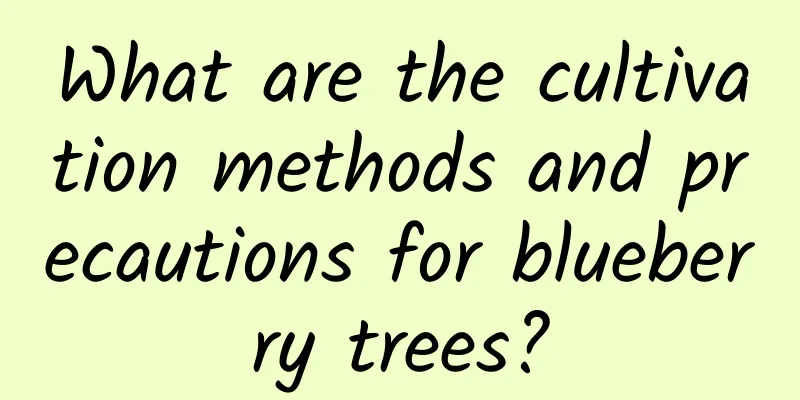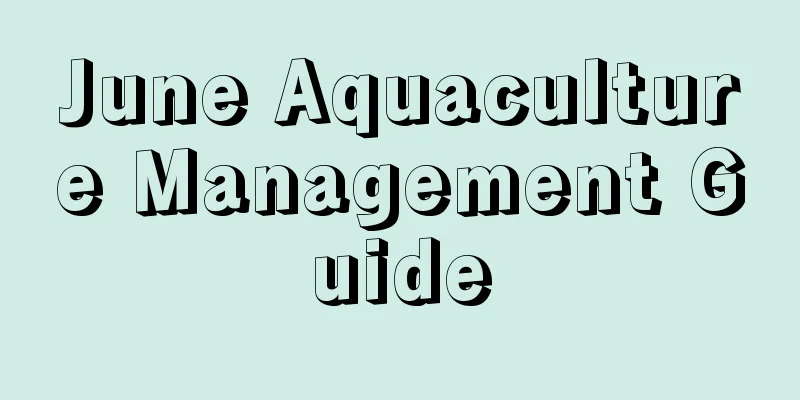What fertilizer is best for flowers?

|
In flower cultivation, choosing the right fertilizer is essential for the healthy growth and lush blooming of flowers. Different types of flowers have different fertilizer requirements at different growth stages, so understanding the characteristics of various fertilizers and choosing them correctly is an important task for flower caregivers. 1. Organic Fertilizer 1. Compost Compost is made by composting organic matter such as animal and plant residues, manure, straw, etc. It is rich in organic matter, nitrogen, phosphorus, potassium and other nutrients, which can improve soil structure and increase soil fertility. Compost is a long-lasting, gentle fertilizer suitable for most flowers. When used, it can be applied to the soil as base fertilizer to provide long-term and stable nutrient supply for the growth of flowers. 2. Humic acid fertilizer Humic acid fertilizer is a fertilizer made from peat, lignite, weathered coal, etc. that are rich in humic acid as the main raw materials. Humic acid has the functions of improving soil, promoting root growth, and increasing fertilizer utilization rate. Humic acid fertilizer also contains a certain amount of nutrients such as nitrogen, phosphorus, potassium, etc., which can provide comprehensive nutrients for flowers. It is suitable for all kinds of soil and flowers, especially for acidic soil and acid-loving flowers. 3. Cake fertilizer Cake fertilizer is the residue left after oil is extracted from oil-bearing crop seeds, such as soybean cake, rapeseed cake, cottonseed cake, etc. Cake fertilizer contains rich organic matter and nutrients such as nitrogen, phosphorus, potassium, etc., and has a high fertilizer efficiency. The cake fertilizer must be fermented and decomposed before use, otherwise it will easily burn the roots of flowers. Cake fertilizer can be used as base fertilizer or topdressing, and has significant effects on ornamental flowers and fruit-bearing flowers. 2. Inorganic Fertilizer 1. Nitrogen fertilizer Nitrogen fertilizer is the main fertilizer to promote the growth of flower branches and leaves. Common nitrogen fertilizers include urea, ammonium sulfate, ammonium nitrate, etc. Nitrogen fertilizer can make the leaves of flowers dark green and their growth vigorous, but excessive application of nitrogen fertilizer will cause the flowers to grow too tall and produce less flowers. Therefore, when using nitrogen fertilizer, it should be applied in appropriate amounts according to the growth of flowers. 2. Phosphate fertilizer Phosphorus fertilizer can promote flower bud differentiation, flowering and fruiting, and root growth. Common phosphate fertilizers include superphosphate, calcium magnesium phosphate, etc. Phosphorus fertilizer is more effective when applied in the early stages of flower growth and during flower bud differentiation, and can be used as base fertilizer or topdressing. 3. Potash fertilizer Potassium fertilizer can enhance the stress resistance of flowers and improve their quality and yield. Common potash fertilizers include potassium chloride, potassium sulfate, etc. Potassium fertilizer is more effective when applied in the later stages of flower growth, as it can promote the growth of thick flower stems and enhance their resistance to lodging. 3. Compound Fertilizer Compound fertilizer is a fertilizer composed of two or more nutrient elements, which has the advantages of high nutrient content, fast fertilizer effect and easy use. There are many types of compound fertilizers, and the appropriate compound fertilizer should be selected based on factors such as the type of flowers, growth stage, and soil fertility. For example, for foliage flowers, you can choose compound fertilizers with higher nitrogen content; for flowering and fruit-viewing flowers, you can choose compound fertilizers with higher phosphorus and potassium content. 4. Trace element fertilizer Trace element fertilizer refers to fertilizer containing trace elements such as boron, zinc, iron, manganese, copper, and molybdenum. Although flowers have a small demand for trace elements, these trace elements play an important role in their growth and development. For example, boron can promote the reproductive growth of flowers and increase the fruit setting rate; iron can prevent the yellowing of flower leaves. During the growth process of flowers, if symptoms of trace element deficiency are found, the corresponding trace element fertilizers can be applied in time for supplementation. In short, when choosing flower fertilizer, you should consider comprehensively factors such as the type of flowers, growth stage, and soil fertility. At the same time, pay attention to the application method and amount of fertilizer to avoid excessive fertilization causing soil pollution and flower burns. Only by correctly selecting and using flower fertilizers can flowers thrive and bloom beautifully.
|
<<: How long should I water and fertilize Clivia after repotting it?
>>: How to grow Phalaenopsis in summer
Recommend
The main function of beetroot
The role of butterbur Detoxification First of all...
Is Schefflera a shade-loving or sun-loving plant?
Does Schefflera prefer shade or sun? Schefflera i...
How to cultivate apricot plum
1. Soil Apricot plum is not very demanding on soi...
When is the right time to plant tomatoes?
Best time to plant tomatoes Generally speaking, t...
How to propagate coral vine
Seed propagation Spring and summer are the best t...
What disease causes yellowing cucumber leaves? How to treat it?
Cucumber is one of our most common vegetables . I...
How to fertilize Campanula
1. Fertilization method 1. This is a plant that l...
What fertilizer to use for money tree
The money tree prefers a moist and warm growing e...
How to fertilize hollyhock
Nutrient requirements Generally speaking, if the ...
When to plant violets
When to sow The time for sowing violets is genera...
When is the best time to plant spinach?
Spinach has a short growth cycle and is suitable ...
What fertilizer is good for gourd topdressing?
Gourd topdressing time When the main vine of the ...
What vegetables are suitable to grow on the balcony?
Chives Chives can be said to be one of the most c...
How to transplant lucky bamboo
1. Prepare the plants for transplanting On top of...
Cultivation methods and precautions of African ice grass
How to grow African ice grass temperature The sui...









